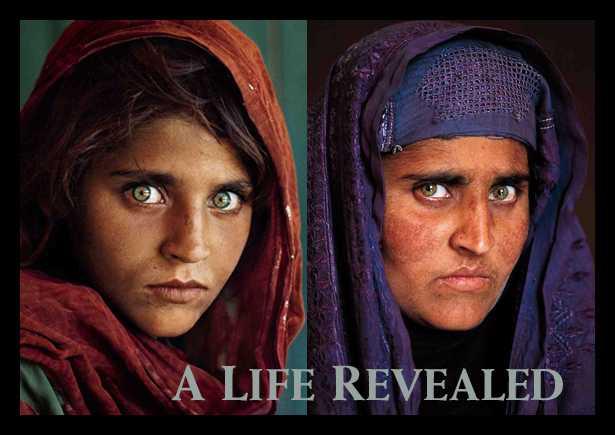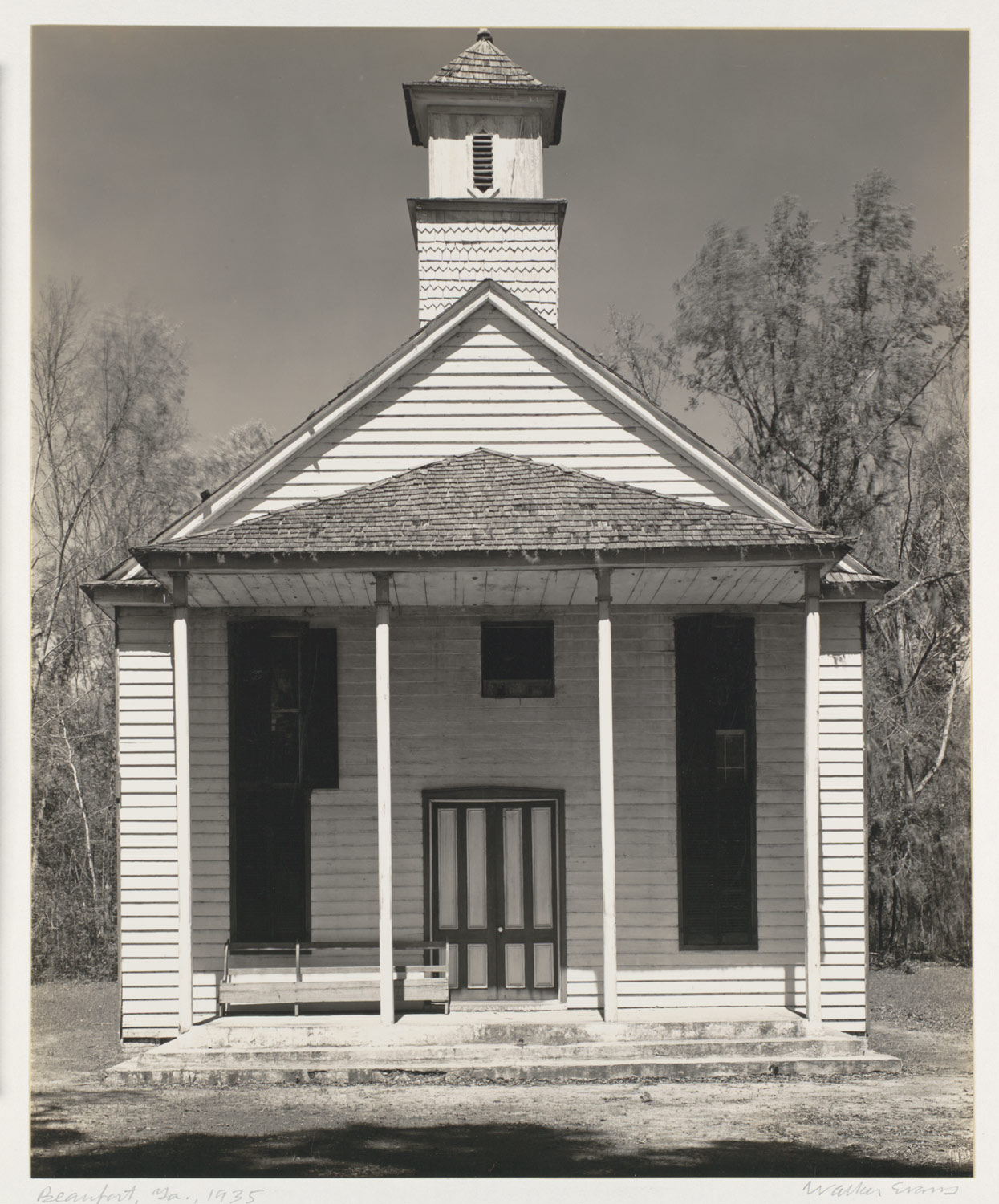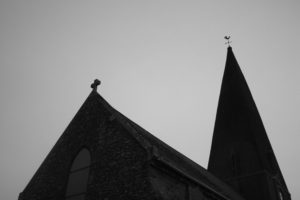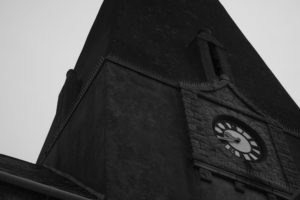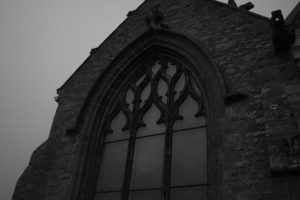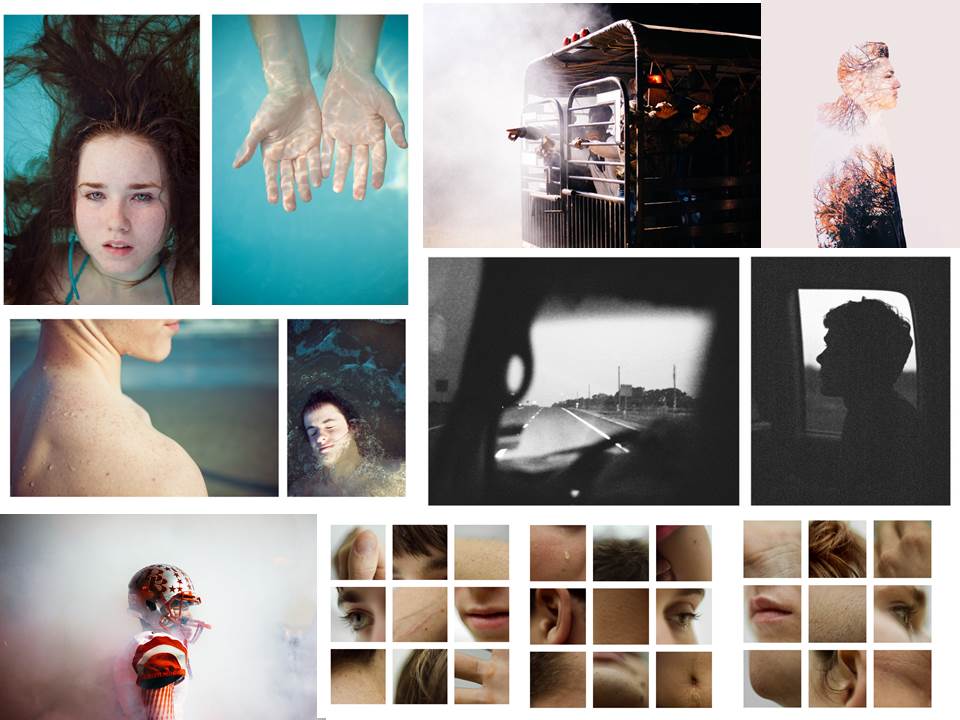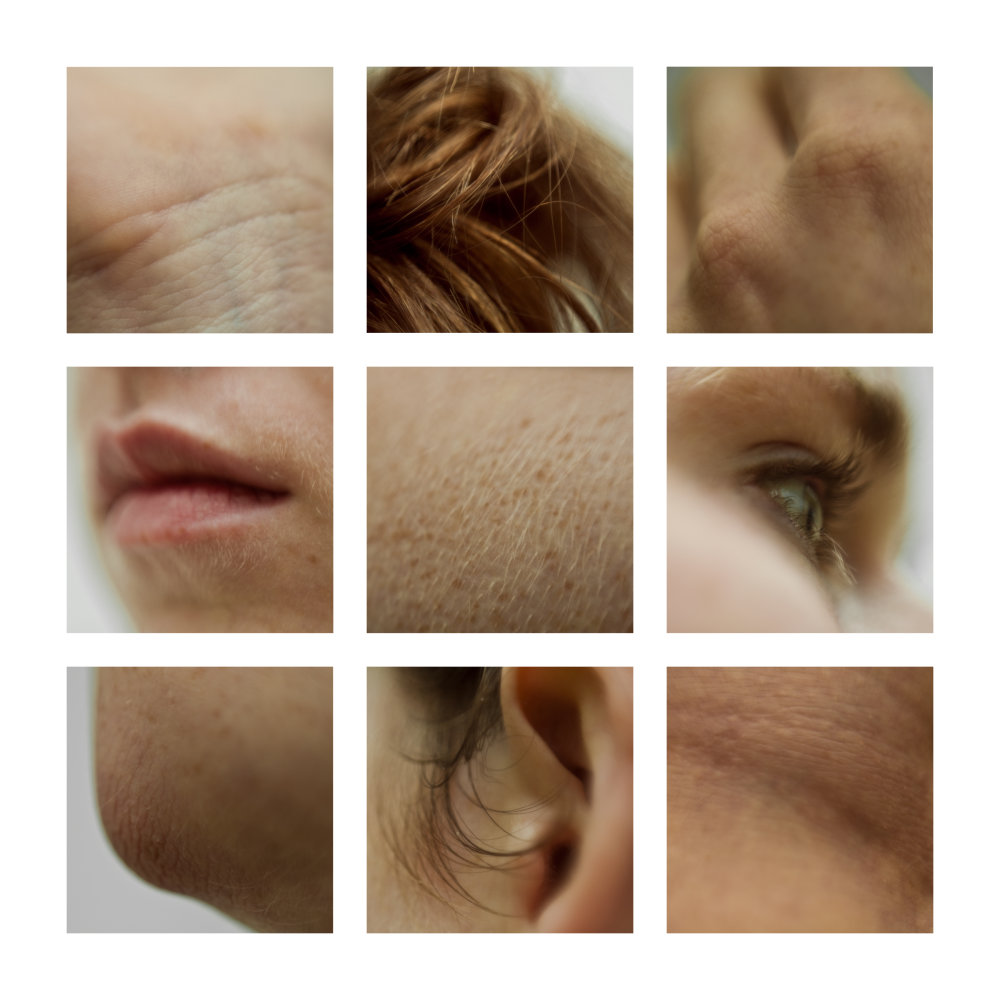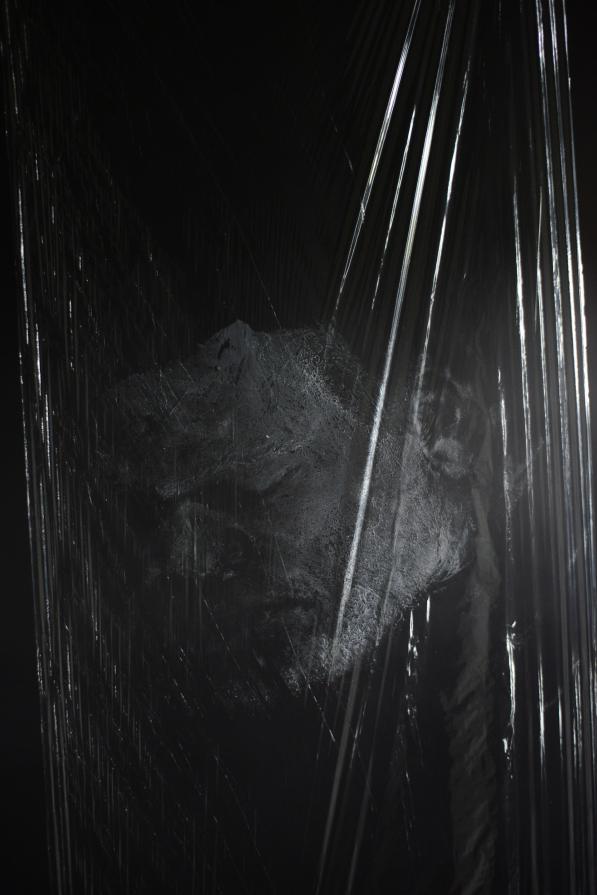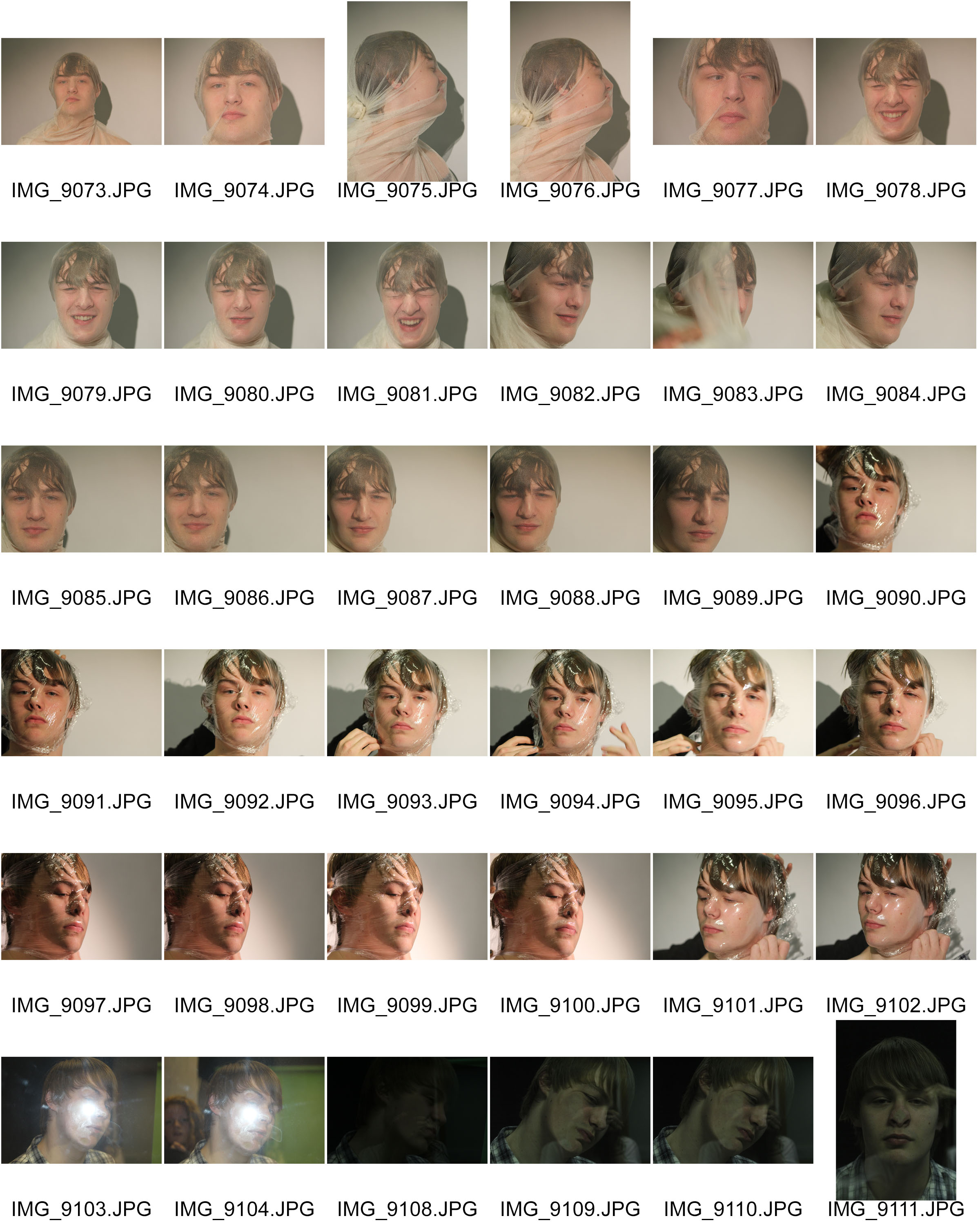Phillip Toledano- Days with my Father

This project is a series of intimate portraits taken over three years, Phillip Toledano recorded the final chapter in his father’s long life – his sense of humour, his struggle with memory loss and above all his unfailing spirit. The project was entitled ‘Days With My Father’
The project was created after his mum died suddenly on the 4th of September 2006. After she died, Phillip realised how much his mother shielded him from his father’s mental state. He suffers with short-term memory and is ‘often lost.’ An example of this is when Phillip took his dad to his mothers funeral a short period after (about 15 minutes) he asked ‘Where is your mother?’ This resulted in Phillip explaining over and over again that she had died and that he had just been at her funeral.This was shocking news to him. Why had no one told him? Why hadn’t I taken him to the funeral? Why hadn’t he visited her in the hospital? Were all questions he would consistently ask, he had no memory of these events. After a while Phillip realised that he couldn’t keep telling him that his wife had died. He didn’t remember, and it was killing both of them to constantly re-live her death. He decided to tell him that she’d gone to Paris to take care of her brother, who was sick. And that’s where she is now. “This is an ongoing record of my father and our relationship”


Words from Phillip: I’ve always been amazed at my father’s love for my mother. It’s a constant force, like sunlight or gravity. He never stops talking about her: his gratitude for her love, for the relationship they had. For the way in which she was the glue for our little family. I loved her so much, but she drove me crazy. My hair was too short, my shirt too wrinkled, I wasn’t standing straight. She called me up once and told me not to go outside because it was dangerously windy! Now that she’s gone I realise that I spent a lifetime resisting her influence and now I miss it. I think she was right about almost everything… She would have been very happy to hear me say those words.
His father has a dog called George, he never remembered her name so often called her “The mutt”. He views are just like a human being, happy to feed her his entire dinner to see her happy. He obviously felt extreme love for the dog and she was an ‘talented’ dog as she performs ‘genius tricks’ such as ‘eating, looking at us with a human expression and lying on the carpet.

Phillip finds these scraps of writing all over the house, Phillip explains them as “a glimpse of his mind” saying words like “Where is everybody? What is going on? and he he lost his feelings. He explains how his dad spends enormous amounts of time on the toilet because of his short term memory, he can be in there for hours at a time. Phillip feels this is both “Heartbreaking and Infuriating.” It’s saddening when he explains his father often tells him that he wants to die, saying its his time to go. Phillip admits that a part of him wants him to go as well as this is no life for him to live but he finds it hard to let him go. He is the only child and he is the only really close family he has left, if he goes he will not have anyone else left.



The night his father died he spent the whole night with him, holding his hand, listening to him breathe, wondering when it would be his last. He died in his bed, at home with Phillip and his wife, although he was saddened that this had finally happened as he had been waiting, terrified he’d die when they were away so would be on his own.


This project is extremely powerful and meaningful, which is what I would like my project to be like. I really like these selection of images as they all tell a story of this mans life, showing his struggles and parts of his life that are clearly within his life daily. This has certainly created a new and stronger bound with his father through the project and deepened his love for his personality. I love that this project is in the form of a photo book as the sum of the parts ends up being significantly more than the individual pieces taken on their own as this takes us through a collective story. It shows that the roles are reversed and the child is taking care of the parent after years of his father looking after him. Most of the images are portraits, capturing the subtleties in the father’s range of emotions, on both the good days and bad. There are parallels here to similar family projects by Larry Sultan, Doug DuBois, and Mitch Epstein (among many others I’m sure), but with an even more taut resonance and delicate intimacy.
Toledano’s accompanying text is nearly as good as the pictures. It is unadorned and honest, eloquent in its openness and revealing in its common truths. While the pictures would have successfully stood on their own, the addition of the narrative makes the images even more moving and poignant, without becoming melodramatic or overdone. This is something that I would like to do when I plan my photo book on my grandfather. The sequencing adds highs and lows to the personal story, the emotional rollercoaster of discovering long hidden details, of moments of genuine laughter, and of the intense sorrow and helpless emptiness of seeing the parent slowly deteriorate and finally die.
ANALYSIS:

This image shows this man gripping onto a woman’s head, his hand is slightly blurred, which indicates he hand is moving up and down her head. He has a distort look on his face as his eyebrows are pushed down, his nostrils flared and his teeth clenched. The lighting is dim as it is coming from some sort of side light from the right of the photograph. The background is blurred, which is clear from the photo frame in the background, directly behind the man. All the colours within the photographs are neutral and earthy colours, which makes the photo feel pure and simple, showing the image is showing real life people, expressing real life stories. One of the factors that attracted me to the photograph is the raw emotion within this man, it shows how frustrated he is that he finds it difficult to remember events and facts about his own life. It is also showing his love for his wife as he grips onto her tightly, almost in fear of letting her go. It provokes emotion inside me as I see my granddad within him. I feel this image has a significant theme, that being emotion and loss. The loss is seen through the memory loss of this man and how he feels like he is losing a part of himself and his life. He can remember details about his life or events happening within it, by his facial expression, I feel he finds this loss extremely painful and frustrating making it hard for him to enjoy his life. The main focus is the two people sharing a hug, this brings the viewers attention to this, it is a documentary style image as it is taken in the moment, capturing a event or a particular emotion being portrayed, this particular image is taken to show his emotion and tell his story through this powerful image. This is something I would like to explore in my own photography, featuring my granddad.
Liz Steketee- s/t Sketetee

She uses her own life as a material for her work. By doing this she is able to explore the conflicts that exist within the everyday and the richness that is found in the mundane. She feels strongly that life and art belong together, intertwined in everyday experiences. She began with creating painting that defined her vision of an experience in her life, this was through the use of montage, collage and purposeful juxtaposition of images, it is her intention to present the “truth of life.” She crops, merges and recomposes photographic elements, which then represents a moment, a memory or a life’s reality as she sees it. She disrupts linear structures and confuse elements of time and space to convey her notion of how life truly exists; a combination of independent moments that converge to leave us with a unique experience. This process is intended to jar the viewer and call into question our history through memory and as photographic document.

Liz Steketee has many different ways in which she manipulates her photographs as we are able to see when looking at her work. However, Liz Steketee doesn’t really, if ever, manipulate her photographs digitally. The photographs that she works with are all printed out and just then, she begins to manipulate them the way she feels appropriate for each of her photographs. I have found her more recent images are all manipulated through sewing or trades.The practice she uses is called Sewn is a mixed media body of work that combines photographs from my extensive archive with collage and sewing techniques. Sewing disparate elements together establishes tension that asks the viewer to questions traditions.In Sewn, she uses digital photomontage, physical collage, and sewing processes to create unique object-based artworks. This body of work does not adhere to the purity of one process or material over another. Her subject matter explores the notions of photography’s impact on memory and history, human interactions as we navigate “family”, and examining the traditions of vernacular and portrait photography.


Personally, I enjoy manipulating my images by embroidery and this is something I would like to for my Personal Investigation, as I would like to use Archive images, manipulating them in this way to create a new image. I would also like to combine archive images and new images together to create a story and a comparison of the old and new. I also like the way she has removed people within the image by sewing onto of them, making the it the main focus of the image, making viewers wonder what was originally there, which is not anymore.


ANALYSIS:

This image contains two images, which have been put together to create a completely new image. The first image, which acts as a background appears to be a older man who appears to be standing in a relaxed stance, with his hands in his pockets. The image appears to be in a home as you can see furniture in the background and a stone like wall at the back of the image, making it seem homely. You can not see the man’s face as it is covered with a different image of an elderly couple, the man in this image might of been the man behind the image. It has been attached by fine zig zag stitching with white thread to put the two images together, making this image. I feel the man behind the small image is the same man in the image covering his face, I feel like the image is about memory and everyday life. The small image could be him and his wife, I feel like his wife mat have died or no longer in his life anymore so lives in his memory. The image behind shows the elderly man in his everyday environment, living his life without her, this shows how he lives now without her. The image is showing how she will always be in his life, but now in his memories and his thoughts and no longer in his everyday life. He may feel lost without his wife, as she would have been a huge part of his life and so he would feel like a part of his has been taken from him. The man seems lonely so he might not have any other family to look after him and keep him company as he stands on his own. I would like to use the ‘Sewn’ technique in my own personal investigation by using new and archival images together by stitching.
Laia Abril- The Epilogue

Laia Abril is an inspiring artist, She is no stranger to themes of distress. Bulimia, coping with the death of a child, the asexual community, virtual sex-performer couples – these are all topics that the Barcelona-based photographer has explored and attempted to demystify with her multi-layered, story-based practice.The subjects she tackles are complex and provocative, but ones she is able to connect with by way of female empathy, “where I can be involved emotionally”, she says. Her most extensive work to date explores the struggle of eating disorders and is divided into chapters, starting with a short film titled A Bad Day. Next came Thinspiration, a self-published fanzine exploring and critiquing the selfie culture used by the pro-ana community; and finally The Epilogue, which follows an American family in the aftermath of losing their daughter to bulimia. Separating the work into sections allowed her to approach different aspects through different platforms, not only in the multiplicity of perspectives but also in a constantly evolving visual stimulation.



This is the project, which inspired me the most especially the book project ‘The Epilogue’, this particularly inspired me when it came to my book project I am going to produce on my granddad. This project is a story about the Robinson family and particularly the aftermath suffered in losing their 26 year old daughter to bulimia. Each image is accompanied by some text to explain the feelings within the photo and often a quote from the person in the photograph. Laia seemed to be working closely with the family as she reconstructs Cammy’s life telling her story through flashbacks, memories, testimonies, objects, letters, places and images. The Epilogue gives voice to the suffering of the family, the indirect victims of ‘eating disorders’, the unwilling eyewitnesses of a very painful degeneration. Laia Abril shows us the dilemmas and struggles confronted by many young girls; the problems families face in dealing with guilt and the grieving process; the frustration of close friends and the dark ghosts of this deadliest of illnesses; all blended together in the bittersweet act of remembering a loved one through photos and then made into a photo book, which was made public for others to see to make the population aware of these types of illnesses and how this affects people around them as well as themselves.




Those who loved Cammy guide the narrative, and the author allows their memories to drive the story forward with sincere purpose, while Abril’s own understated photography underpins Cammy’s absence in their lives today. The Epilogue’s chronology dances between what was and what now is, and between the two states lies anger, frustration, pain and a futile search for clues and answers – the inevitable why and what if, lingering over every spread of the book. The people closest to the Cammy have a two page spread, one page containing a photograph of that particular person and then some writing about how they feel about the situation. This is broken up by archival images of Cammy herself and objects, which belonged to Cammy.



The Epilogue- Laia Abril Video- Youtube
Each and every image is extremely powerful because it all meant something to Cammy, showing the devastation of the members she left behind and how they are dealing with it, I find extremely interesting. I also like the fact she had photographed objects, which contribute to the story in some way or were a part of Cammy’s life, this gives you a better insight to her life before she died and when she was ill and what triggered this. The objects break up the portrait anf archival photographs but I feel they are just as powerful. This is something I want to incorporate into my own personal investigation as I will be photographing objects such as my granddad’s glass eye, his walking stick, his bedroom, his house, his slippers, his magnifying glass and other significant objects in his life as well as photographing people who are in his life, which have been affected as well as images of my granddad himself.



ANALYSIS:

I personally think this specific image is immensely powerful for a photograph of an object but this is because this object could be seen as the reason for her death as she would have never been satisfied with the number on the scales, leading to her neglect food and this resulted her to become Bulimic, which meant she would binge eat in a short amount of time and then through it up. This was a in efforts to lose weight to be “slim.” The scales in the photograph would have been a huge part of her daily life as she would have probably used these to track how much weight she had lost and would continue until she was happy with her weight, the sad thing about Bulimia is that it’s extremely difficult to stop when you have started. To think that her being unhappy with her body image, led to that is saddening. The lighting is clearly artificial as it has a white tone to it, which empathises the white scales, making them the viewers eyes attracted to them. It is taken in a bird line view to show the scales how Cammy would have seen them as she stepped on them when weighing herself. This would be a object of Cammy’s, which the people who loved her would have hated and therefore does not provide a good memory of Cammy like other objects might have. This photograph represents her pain.
Another Artist who has inspired me, who I have already looked at is Carole Benitah.

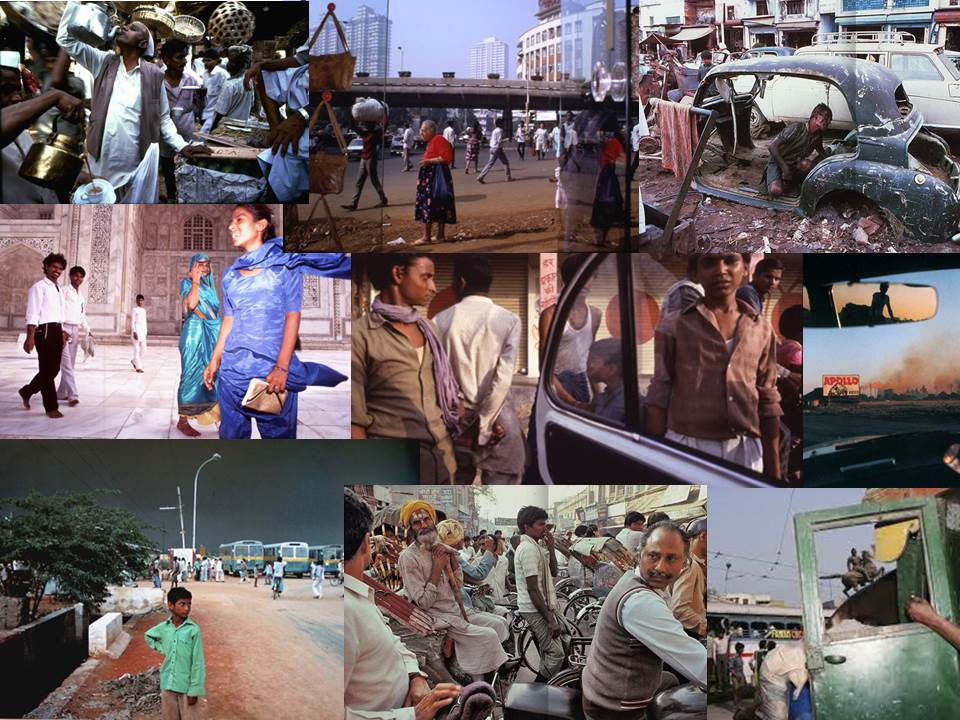
 Raghubir Singh was born in October 22 1942 in Jaipur, India. He later died in April 1999 at the age of 56 in New York. He was an Indian Photographer most known for his landscapes and documentary-style images of the people of India. He was a self-taught photographer who worked in India and lived in Paris, London and New York. During his career, Singh has worked with National Geographic Magazine, The New York times and The New Yorker. During the early 1970’s, he was one of the first photographers to reinvent the use of colour. Singh made a series of powerful books about his homeland. He has a democratic eye that notices and captures everything, including cities, towns, villages, shops, rivers and construction sites as well of lots more.
Raghubir Singh was born in October 22 1942 in Jaipur, India. He later died in April 1999 at the age of 56 in New York. He was an Indian Photographer most known for his landscapes and documentary-style images of the people of India. He was a self-taught photographer who worked in India and lived in Paris, London and New York. During his career, Singh has worked with National Geographic Magazine, The New York times and The New Yorker. During the early 1970’s, he was one of the first photographers to reinvent the use of colour. Singh made a series of powerful books about his homeland. He has a democratic eye that notices and captures everything, including cities, towns, villages, shops, rivers and construction sites as well of lots more.



